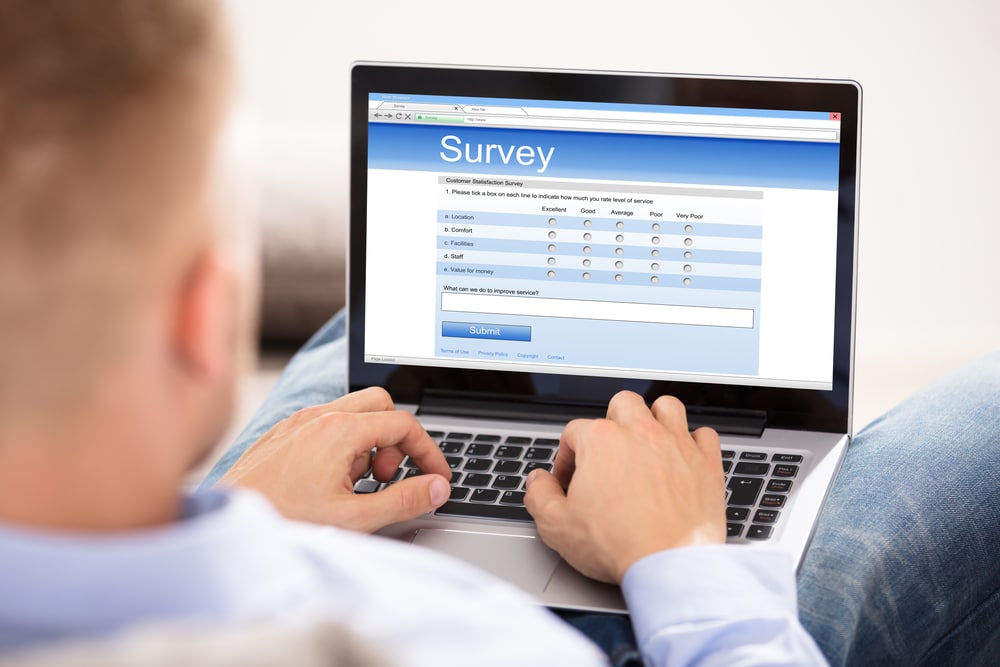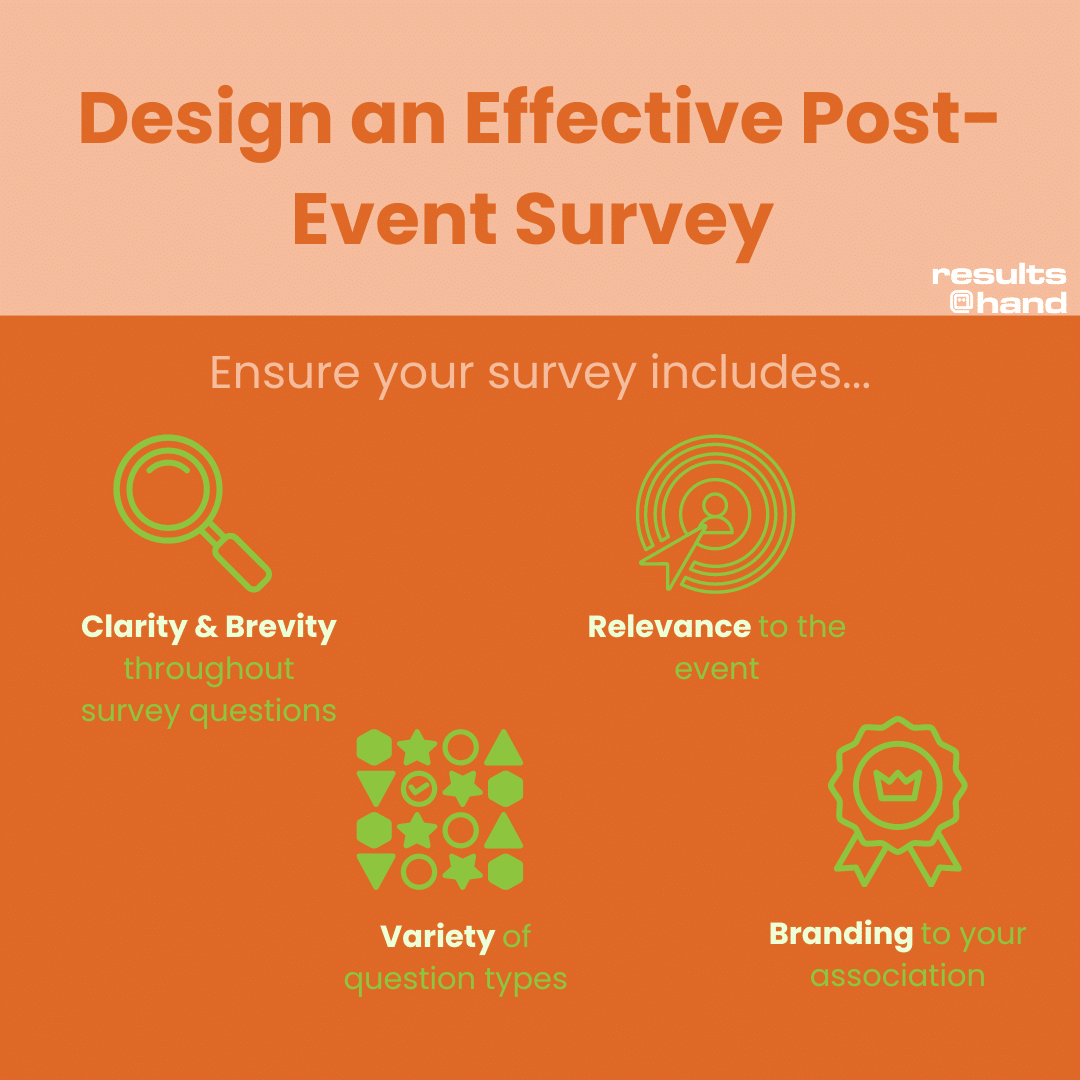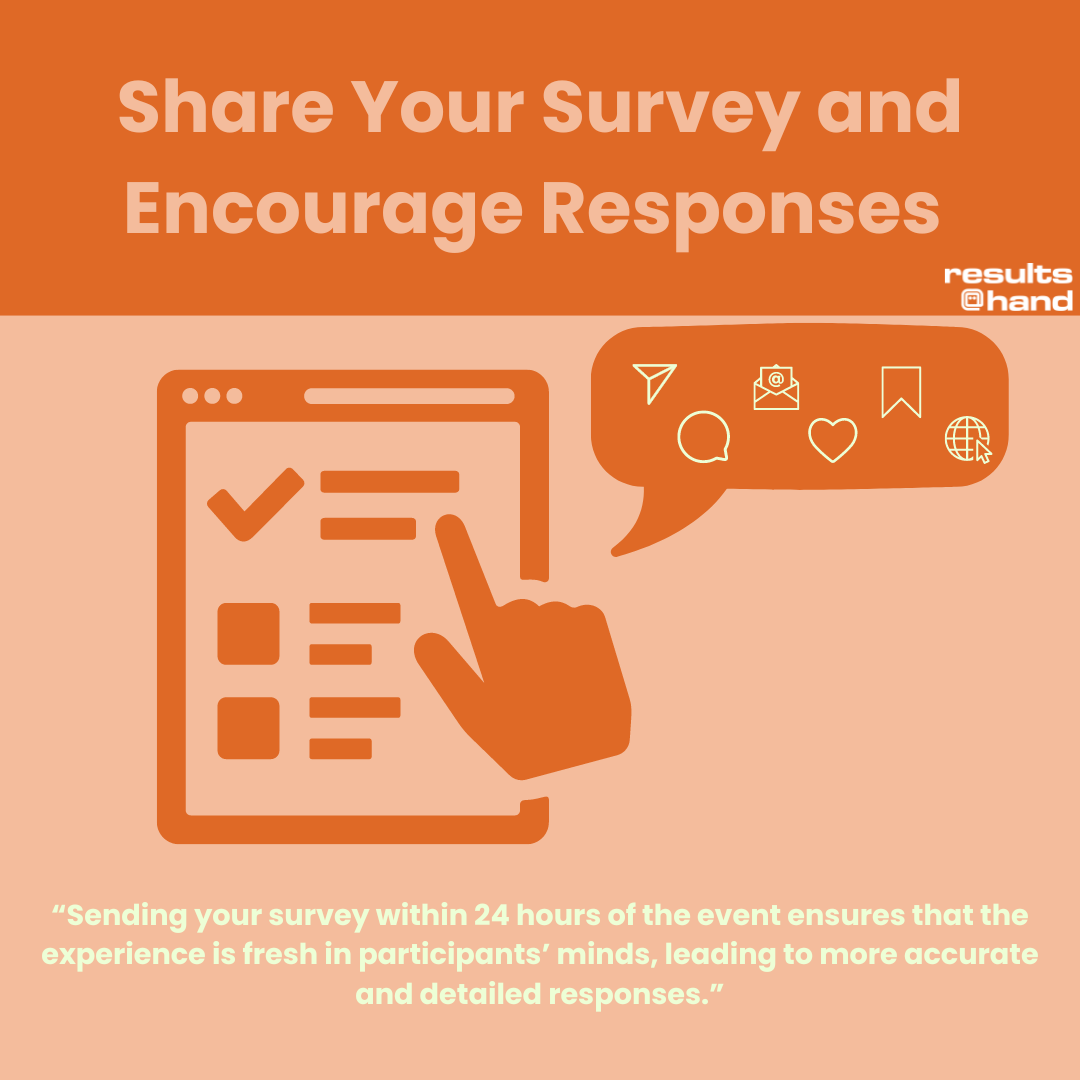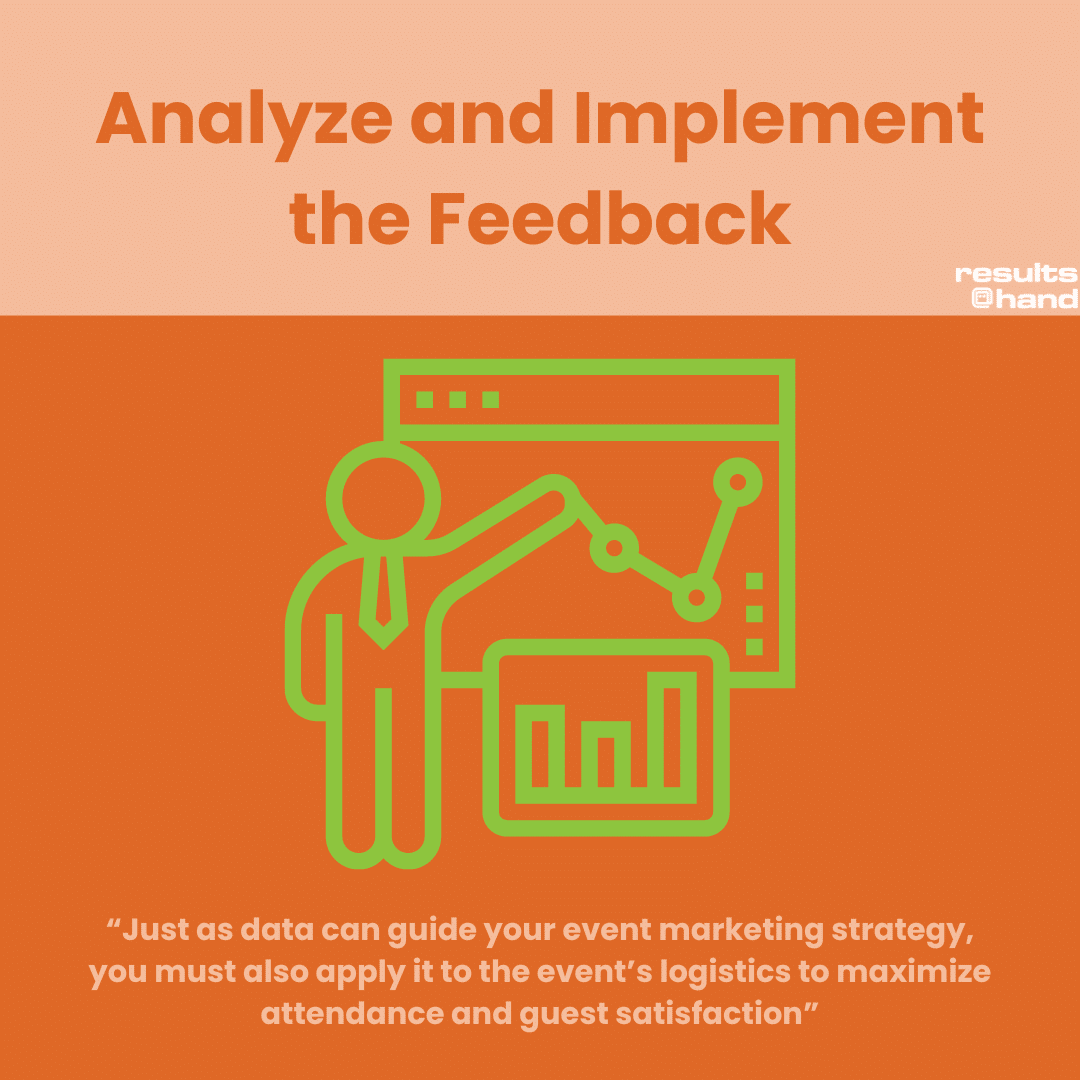Event Feedback Surveys: How to Conduct Post-Event Evaluation

In a world where your organization can use AI insights, member engagement platforms, and intuitive event planning tools to optimize its events, it’s easy to think you already have all the tools needed for success. At the end of the day, however, your events hinge on attendee satisfaction.
Post-event feedback is crucial as it provides valuable insights into the attendee experience and identifies areas for improvement. Gathering feedback allows event organizers to understand what worked well and what didn’t, from the perspectives of participants, speakers, and sponsors. This information is essential for making data-driven decisions and adjustments for future events, ensuring they are more engaging, efficient, and better aligned with the needs and expectations of the audience.
Additionally, soliciting feedback demonstrates a commitment to continuous improvement and participant satisfaction, fostering a positive relationship with the association’s community and increasing the likelihood of repeat attendance and positive word-of-mouth. In this guide, we’ll unpack a few strategies your association can use to conduct (and learn from) post-event evaluation. Let’s begin.
1. Design an effective post-event survey.
Design is an important part of establishing your association’s identity and encouraging members to get involved. Whether you use one of the top membership website builders, a graphic design tool, or a combination of various technologies, your association can’t afford to neglect thoughtful design.
The same can be said about your post-event survey. A well-designed survey ensures ease of use for participants, encouraging more responses and accurate feedback. Targeting specific questions the association wants to ask helps gather highly relevant insights, making the feedback actionable for improving future events.
Key elements include:
- Clarity and brevity: Each question should be clear and concise to avoid confusion and ensure participants understand what is being asked. It increases the likelihood of receiving accurate and thoughtful responses and respects the respondent’s time by making the survey quick and easy to complete.
- Relevance: Questions should be directly related to the event and the participant’s experience. Including only relevant questions ensures that the feedback gathered is meaningful and actionable, helping organizers make specific improvements and informed decisions for future events.
- Variety of question types: Incorporating different types of questions, such as multiple-choice, rating scales, and open-ended questions, can capture a wider range of insights. It allows for both quantitative data, which is easy to analyze, and qualitative feedback, which can provide deeper understanding and context.
- Your association’s branding: Including your event’s branding in the survey helps maintain a professional appearance and reinforces your organization’s identity. This is important as it creates a cohesive experience for respondents and can enhance their trust and engagement with the survey process. For example, if your website was built using a template, ensure the survey aligns with the template’s style and incorporates your brand elements. Or, you can easily create branded surveys within your event app to ensure your attendees have the opportunity to share their feedback about your event.
Remember to narrow your audience before developing survey questions, and create multiple surveys if needed. This level of specificity will provide insight into the various experiences of different attendees.
For example, you might craft one survey for members who attended as guests and another one for volunteers. Within your event app, you can tailor your surveys to the audience you want to reach, whether that is your event attendees or your exhibitor. Just be sure to avoid letting your request for feedback overcrowd your appreciation efforts—guests and volunteers should be thanked for their involvement and not bombarded with requests from your association.
2. Share your survey and encourage responses.
Once you’ve designed a thorough and effective survey, it’s time to get the responses rolling in.
Sending your survey within 24 hours of the event ensures that the experience is fresh in participants’ minds, leading to more accurate and detailed responses. You can send notifications to your exhibitors and attendees at the end of your event or soon after to encourage responses. Attendees can fill in your survey before they even leave the venue to capitalize on their immediate engagement and enthusiasm.
Alternatively, you could send a feedback survey a few days after your event. Sending the survey two to three days later allows attendees some time to reflect on their experience, potentially providing more thoughtful and comprehensive feedback. This timing can also prevent survey fatigue if the event is intensive or lengthy.
To maximize the number of responses you receive, consider linking your survey on:
- Your website: Morweb’s rundown of the best nonprofit websites describes a well-designed site as “the hub of your nonprofit’s online presence” through which organizations like yours can educate the public, market their events, and garner more support. With the power to reach such a large audience, your website is the perfect location for your post-event survey. Consider placing calls to action throughout the website that point to the survey in the event app. You can also use event content on your blog to tease the topic and point to the survey.
- Email newsletters: Email newsletters are a direct and personal way to reach your audience. By including a survey link in your newsletters, you can target engaged members who regularly read your updates. Personalizing the email to reflect the recipient’s participation in the event can increase the likelihood of them completing the survey. Highlighting the importance of their feedback and offering a brief overview of the survey can further incentivize participation.
- Social media: Social media platforms are excellent for reaching a broad and diverse audience quickly. Posting the survey link on your association’s social media pages can increase visibility and engagement. Additionally, leveraging features such as Instagram Stories and Facebook polls can make the survey more interactive and appealing. Encouraging shares and comments can extend the reach even further, ensuring a wide array of feedback.
To increase survey response rates, user-friendliness is crucial. Ensure the survey is concise, taking no more than five to 10 minutes to complete. Ensuring that the survey is mobile-friendly will also accommodate attendees who prefer to complete it on their smartphones.
Motivate participants to share their thoughts by clearly communicating the value of their feedback and how it will be used to improve future events. Lastly, send reminder emails or messages to those who have not yet completed the survey, emphasizing the importance of their input and the limited time remaining to participate.
3. Analyze and implement the feedback.
Just as data can guide your event marketing strategy, you must also apply it to the event’s logistics to maximize attendance and guest satisfaction.
To analyze survey data effectively, start by categorizing responses to identify trends and common themes. Use the survey reporting admin portal within your event management platform to sort data and visualize results. Look for recurring comments or ratings to spot specific areas of success or concern. Quantitative data, like numerical ratings, can be statistically analyzed to find average scores and deviations. Qualitative data, such as open-ended responses, should be reviewed for patterns and sentiments that highlight attendees’ experiences and suggestions.
Spot trends by comparing feedback across different segments, such as attendee demographics or session types. This helps you understand the diverse perspectives and needs of your audience. Focus on frequently mentioned issues or highly rated aspects to identify areas needing immediate attention or elements to retain in future events.
Once key trends and areas for improvement are identified, develop action plans to address them. Prioritize the most critical issues impacting attendee satisfaction and event success. Outline specific steps to resolve each issue, assign responsibilities to team members, and set clear deadlines. This ensures accountability and timely action.
For example, if feedback indicates long registration lines, streamline the check-in process by adding more staff or adopting onsite badge printing solutions. Communicate your action plans to stakeholders and attendees to show your commitment to continuous improvement, enhancing trust and encouraging future participation.
Implementing these steps for analyzing and acting on feedback is essential for refining your event planning process and delivering exceptional experiences. By leveraging survey data to identify trends, spot areas for improvement, and create actionable plans, you can continually enhance your events, maximize attendance, and boost guest satisfaction. Prioritizing feedback analysis and implementation will not only elevate your event quality but also strengthen your relationship with your audience, ensuring long-term success and growth.



